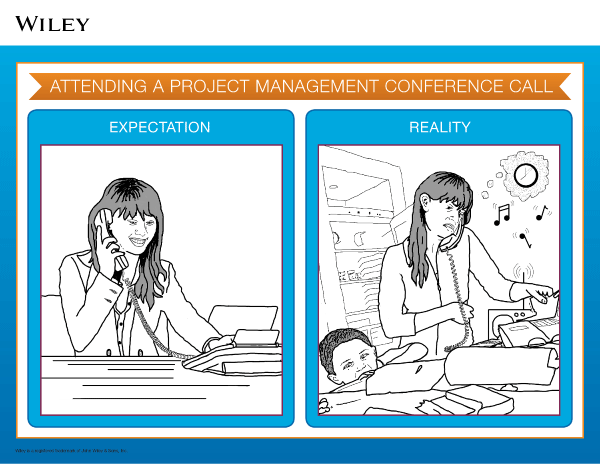Even though the project stakeholder said things were okay, the mumbling, the failure to meet your eye, and the sighing all tell a different story. Now you’re stuck with bad information that could potentially throw off project assumptions or project schedule. You’ll need to investigate further to get to the truth, but be careful: this works both ways. As the project manager, you need to make sure your tone, your communication methods, your words, and your gestures all line up.
Would you recognize these communication blockers in a situational PMP® question about Project Communications Management?
- Sending mixed messages (i.e. eyerolling but giving verbal agreement)
- Displaying emotions, hostility, or reactive behavior
- Assuming stakeholders know what you know
- Conducting communication in an area with a lot of background activity
- Employing selective listening
- Ignoring cultural differences
- Stereotyping
- Engaging in power games
- Withholding information
- Stating that something is a bad idea, or that you have tried it before and it didn’t work
- Using the wrong communication media (i.e. managing by memo)
Clues to these behaviors can be hidden in the smallest of actions or words so it’s important to read people (and the PMP® exam) for subtext!


